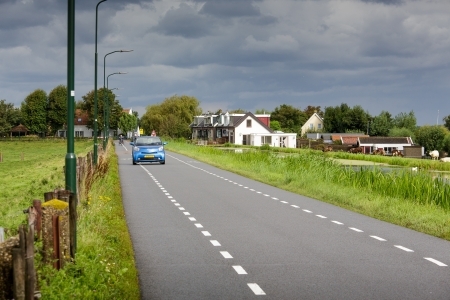There are several instruments that road authorities can (commission to) use to test the safety of their road network and their roads. These provide an overview of possible safety bottlenecks and (consequently) of the targets for action.
Planning and designing tests
The safety of a new road or a far-reaching redesign of a road can be tested in advance by carrying out a road safety audit in various phases of the planning and of the design (see archived SWOV fact sheet The Road Safety Audit and Road Safety Inspection). Under European regulations, it is mandatory to conduct road safety audits when building or reconstructing national and provincial trunk roads.
Testing existing roads and cycling infrastructure
Various tests can be used to test the safety of existing road infrastructure. The SPV Knowledge Network provides an overview of measurement tools for the safe roads risk indicator.
